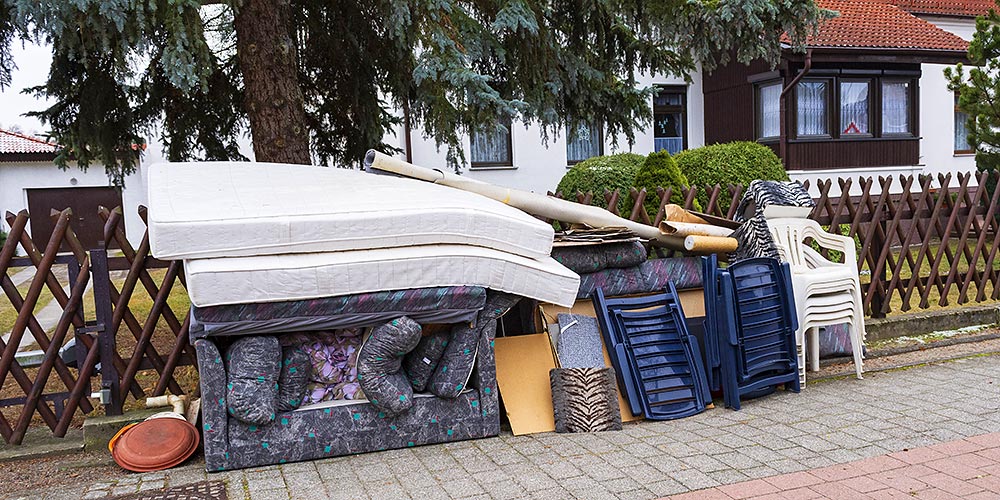Remember how proud you felt on the day when the new couch that you had selected after a painstaking process was delivered to your Wohnungsauflösung Berlin? In such situations, pride is invariably accompanied by a strong resolve to do everything possible that would help preserve the new look of your upholstery. However, as days go by this new look is bound to be replaced by a dull look owing to a layer of dust having settled on the surface. And heart-breaking though it might be, equally inevitable it is for something to spill and leave a dark patch on the fabric which is bound to look ugly and unsightly. It is at this point that upholstery cleaning comes into play.
While it is virtually impossible for the new look to continue indefinitely, what is definitely within your purview as a home owner is to think in terms of regular upholstery cleaning, either DIY or by hiring a specialized service provider. Irrespective of whether you undertake the task or hire professional upholstery cleaning service, certain steps that remain common are – Vacuum cleaning always forms the first step of any upholstery cleaning procedure and it entails running the vacuum cleaner all over the fabric, including cracks, crevices and cushion.
One fine day you might just look at the sofa or couch and realize that it appears too dull and faded. This is attributed to the layer of dust that might have settled over the days or dirt that might have accumulated due to a multitude of factors like children, pets, guests and so on. The purpose of vacuum cleaning is to remove as much dust, grime, pet’s hair without having to wet the surface so that these contaminants do not dissolve in water and sink further into the fabric.
Given that your upholstery is a catch basin for variety of spills and droppings, spot cleaning forms an important part of the upholstery cleaning procedure and entails dealing with individual stains one by one.
A useful DIY tip in this regard recommends that a fresh spill should be immediately blotted by a white cloth so that much of the liquid is absorbed before it soaks into the fabric of the upholstery. Most people make the mistake of scrubbing or rubbing the stain with a wet cloth which would not just cause it to spread but also penetrate deeper into the fibers of the upholstery.
Blotting is a crucial part of upholstery cleaning because it limits the stain to a particular area wherein it can either be treated by the home owner or removed by a professional cleaner through application of an appropriate cleaning agent.
Decoding the fabric of the upholstery is probably the most seminal step in upholstery cleaning since not only does the choice of cleaning agent depend on it but also the cleaning technique to be applied. Fabric could vary from cotton and wool to silk, rayon, acrylic and leather and each would need to be handled in a different way owing to its unique characteristics. For example, the cleaning agent and technique that you use for cleaning cotton upholstery would be different from the way in which leather upholstery would be handled.
Usually reputed and reliable upholstery cleaning service providers are aware of the difference between fabrics courtesy of their training and know-how to handle the situation. A home owner, in comparison, may not be as well-informed and must make it a point to explore this aspect before taking any step. To this effect, tags can prove to be extremely informative as regards the dos’ and don’ts pertaining to the upholstery fabric and should be treated by every home owner as a valuable guideline.
Another factor that determines which cleaning agent should be used is the nature of the stain. Like upholstery, stains are also of different types and mainly categorized based on their source, for example food, drinks, oil, grease, urine and so on. Since each would require a different cleaning agent, the onus is on the individual – professional or home owner – to decode how to handle it best.
Not only should the cleaning agent be effective in extracting particles of dirt and grime from between the fibers but it should also not have any negative impact on the environment.
How often you get your upholstery cleaned depends on you but a strong recommendation would be to maintain a regular schedule as far as possible. Weekly vacuum cleaning is undoubtedly effective but it fails to extract the dirt and grime that is embedded deep into the fibres. If carried out at least twice a year, deep cleaning would not just ensure cleanliness of your upholstery but also prolong its life-span.
You can also use your discretion as regards the choice of cleaning agent wherein preference should be given to organic and eco-friendly products rather than those based on strong chemicals. While chemicals might be effective, they also release fumes that could be hazardous to health on being inhaled and hence should be avoided.
